Fans and followers of Julian Smith and enjoyers of his collaborative Arms Race Nutrition supplement brand with Doug Miller have been waiting for this one, and it's finally here!
Arms Race Nutrition Foundation Bar is here
The tag-team duo of Smith and Miller obviously know how important it is for you to get your protein in (just look at their arms). They back it up by providing three incredible powdered options:
- Arms Race Foundation (protein blend)
- Arms Race Elevation (pure whey protein isolate)
- Arms Race Vegan (plant-based protein)

Arms Race Nutrition Foundation Bar is a new cereal bar from Julian Smith and team with 18 grams of protein and delicious cereal flavored crunch!
They even provide two full spectrum amino acid supplements in delicious Replenish and unflavored Arms Race BCAA/EAA options. But there's one more way for you to supplement more aminos in -- with a protein bar!
Foundation Bar: A delicious cereal protein bar
This isn't just any protein bar though. The new Arms Race Foundation Bar is a cereal bar that provides 18 grams of protein mainly from whey protein and pea protein crisps and uniquely sweetened with allulose, allowing for a lower amount of sucralose at the very end of the label.
The result is a delicious and crispy cereal bar that launched in two flavors, and hopefully more to come in the future.
We dig in to the ingredients below, but first let's show our coupon-based prices, our introductory videos, and then get into it:
Arms Race Nutrition Foundation Bar – Deals and Price Drop Alerts
Get Price Alerts
No spam, no scams.
Disclosure: PricePlow relies on pricing from stores with which we have a business relationship. We work hard to keep pricing current, but you may find a better offer.
Posts are sponsored in part by the retailers and/or brands listed on this page.
Arms Race Foundation Bar Macronutrients
Each 60 gram bar contains roughly the following (flavors may vary a bit)
-
Calories: 240
-
Protein: 18g
-
Total Fat: 9-10g
-
Saturated Fat: 5g
-
-
Total Carbs: 25-26g
-
Dietary Fiber: 5g
-
Sugars: 10g
-
Sugar Alcohol: 1g
-
Let's see how Julian and the Arms Dealers decided to put these together:
Arms Race Foundation Bar Ingredients
Below, we'll focus on the main ingredients. Each flavor will also have some additions (eg. cocoa in the Chocolate Puff Cereal flavor and cinnamon in the Cinnamon Crunch Cereal flavors), but let's focus on the protein sources, carb sources, and of course that topping!
-
The Carb Sources
The carbohydrates in Foundation Bar come from a mixture throughout the label, and a good bit of it is driven by the coating, which will be either chocolate or yogurt-flavored depending on which bar you pick up. The coating will bring much of the sugar added to the bars - these are clearly not sugar-free -- guys like Smith and Miller don't shy from carbs when training as hard as they do. Burn em up!
However, we also want to add that there's some prebiotic fiber added to the bars, which come from non-GMO plant-based starch and help fuel the gut in order to make healthy bacteria for the gastrointestinal system.[1]
Additionally, the whey and pea protein crisps use tapioca starch to bolster and bind them. This will add to the fiber number.
Lower on the label, you'll also see vegetable glycerin used as a binder - but there's only one gram of sugar alcohol on the label, so we don't expect any gut discomfort like some individuals get with other sugar alcohols.
Using allulose for sweetening
The other source worth mentioning is the sweetener in the form of allulose, which is a low-energy monosaccharide sugar that's not metabolized in the human body, but has roughly 70% of the sweetness of sugar.[2,3]Unlike many alternative carbohydrate sources and sweeteners that we've seen in protein bars, allulose has a very unique property: It can lower postprandial blood glucose levels after about 30 minutes![4] This may help balance out the bar's glycemic effects, since the sugar in the coating will undoubtedly raise blood glucose and insulin levels.
While allulose's blood sugar lowering effect isn't extremely strong (as demonstrated in the pilot study on 30 healthy individuals),[4] it's definitely contrary to what most sweeteners do, and we find it to be an underrated sweetener.
-
The Protein Sources
The Foundation Bar has a fitting blend of protein sources from two types of crisps -- whey protein crisps and pea protein crisps -- using the whey and pea protein powders that should be familiar to ARN consumers.
-
Whey Proteins in Whey Protein Crisps
The whey protein crisps include both whey protein isolate and whey protein concentrate. As most ARN fans know, whey protein has been extensively researched in both men and women, demonstrating improved strength and body composition, especially when paired with quality exercise and diet.[5-8]
They're both derived from cow's milk, undergoing purification and filtration processes that yield excellent protein-by-weight ratios. Dairy-based proteins are considered the de-facto protein sources in supplements for those who aren't dairy sensitive because of the incredible amino acid profiles,[9] including a high amount of the anabolic branched-chain amino acid (BCAA), leucine.[10]
Leucine is important for its ability to initiate mTOR signaling, a crucial step in the muscle-building process.[11-13]
The whey protein concentrate has some immune-boosting lactoglobulins and immunoglobulins[14] as well as health-promoting lactoferrin.[15] So while pure whey protein isolates like Arms Race Elevation are popular for low-carb and lactose-sensitive individuals, we definitely appreciate whey protein concentrates for those who are good with them. All the better when they're in crisps!
-
Pea protein in pea protein crisps
Pea protein is similarly familiar to the ARN Family, as we recently covered it in depth in our article on Arms Race Nutrition Vegan. Arms Race uses it in their pea protein crisps, combining it with rice starch to add some extra crunch.
Pea Protein and Whey Protein were both significantly better than placebo (not surprising), but not significantly different from each other.[19]
When discussing pea proteins, we always love to mention that it has a complete amino acid profile.[16-18] Even more important to consumers are two double-blind, placebo-controlled studies -- one from 2015[19] and the other from 2019[20] -- which showed that pea protein worked just as well as whey protein in terms of weight gained in athletes.[19,20]
But for these bars, there's no reason to choose between whey and pea -- Arms Race included both. That's how arms races work, folks!
It's also worth noting that there are some collagen peptides included in these bars, but given how low it is on the label, we don't think it'll add a substantial amount of protein or amino acids, but may have been added for texture reasons.
-
-
Other ingredients and sweeteners
Finally, there's a bit of sunflower oil added for texture, natural flavors, water, xanthan gum, sea salt, and last on the label is sucralose. Thanks to the allulose described above, the sucralose is definitely kept to a minimum here, put last on the label!
Flavors Available
Foundation Bar launched with two flavors, but the list below will stay up-to-date -- we hope to see more over time:
Lay Your Foundation with the Foundation Bar
It's been exciting watching Arms Race Nutrition continue its growth -- we've known about the Foundation Bar for quite some time (since our trip to North Carolina) -- and it's been amazing to see the care put into these bars.
Bars that last
Realize that the recipe for these bars was ready several months ago, but the team wanted to get a batch and leave them on the shelf for a while to make sure that they stay good. Because that's truly the secret -- nearly all protein bars taste great right out of the factory. But do they keep great months later? Most don't... but Foundation Bars do.
We're not saying to leave them on the shelf through 2030 in preparation of whatever is to come -- you should definitely eat and enjoy them sooner than later (and you won't be able to stop if you wanted to anyway). What we are saying is that Arms Race took the time to make sure they're legit and stay legit longer than most brands care to test.
Biggest question is what other cereal flavors the team can come up... because you know Julian's able to take down more than just a few bowls!
Arms Race Nutrition Foundation Bar – Deals and Price Drop Alerts
Get Price Alerts
No spam, no scams.
Disclosure: PricePlow relies on pricing from stores with which we have a business relationship. We work hard to keep pricing current, but you may find a better offer.
Posts are sponsored in part by the retailers and/or brands listed on this page.
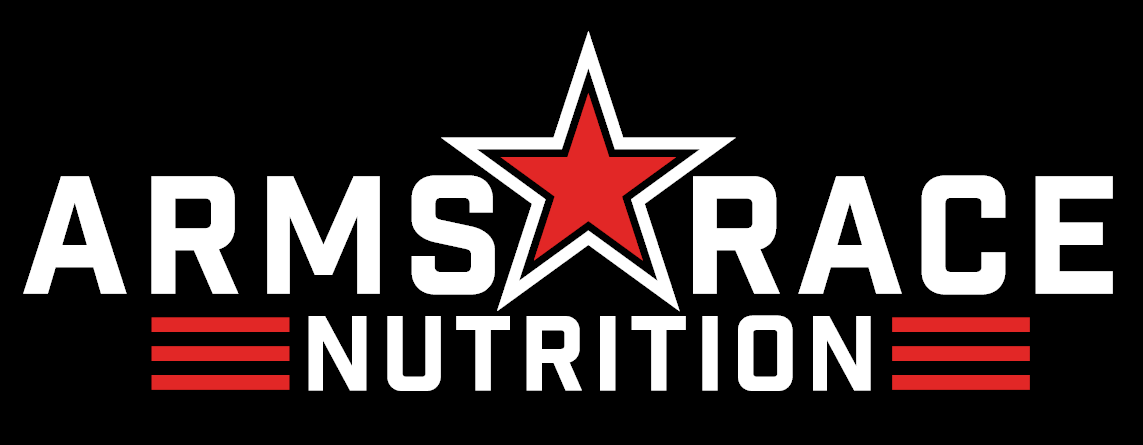
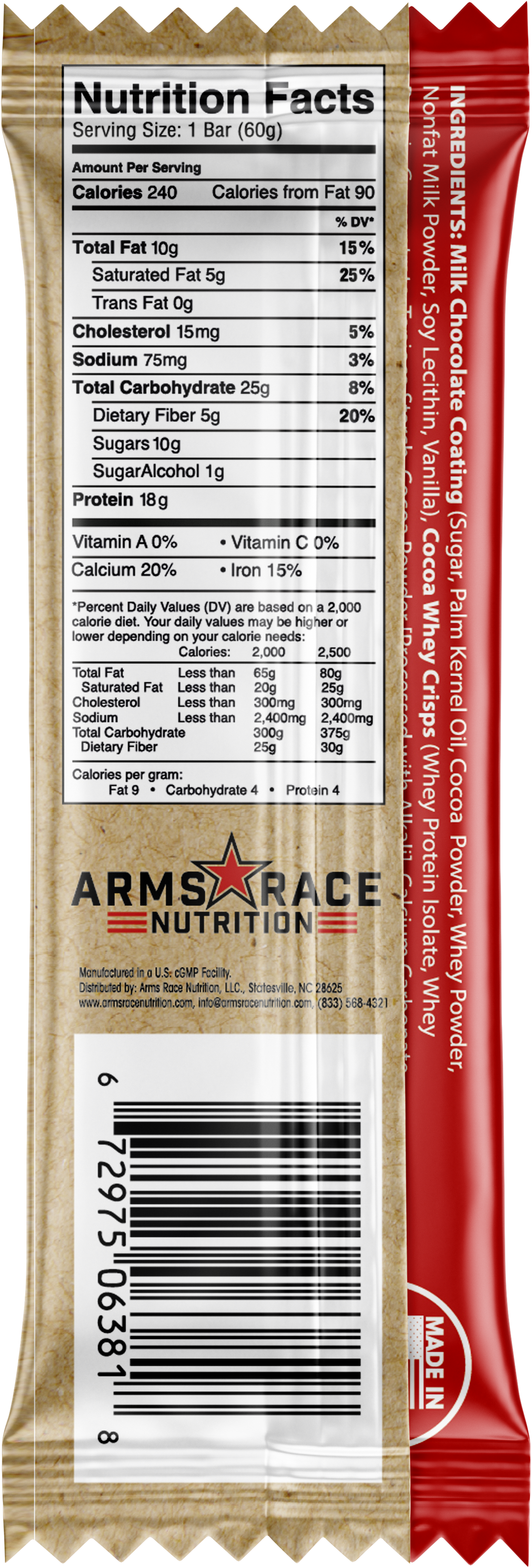
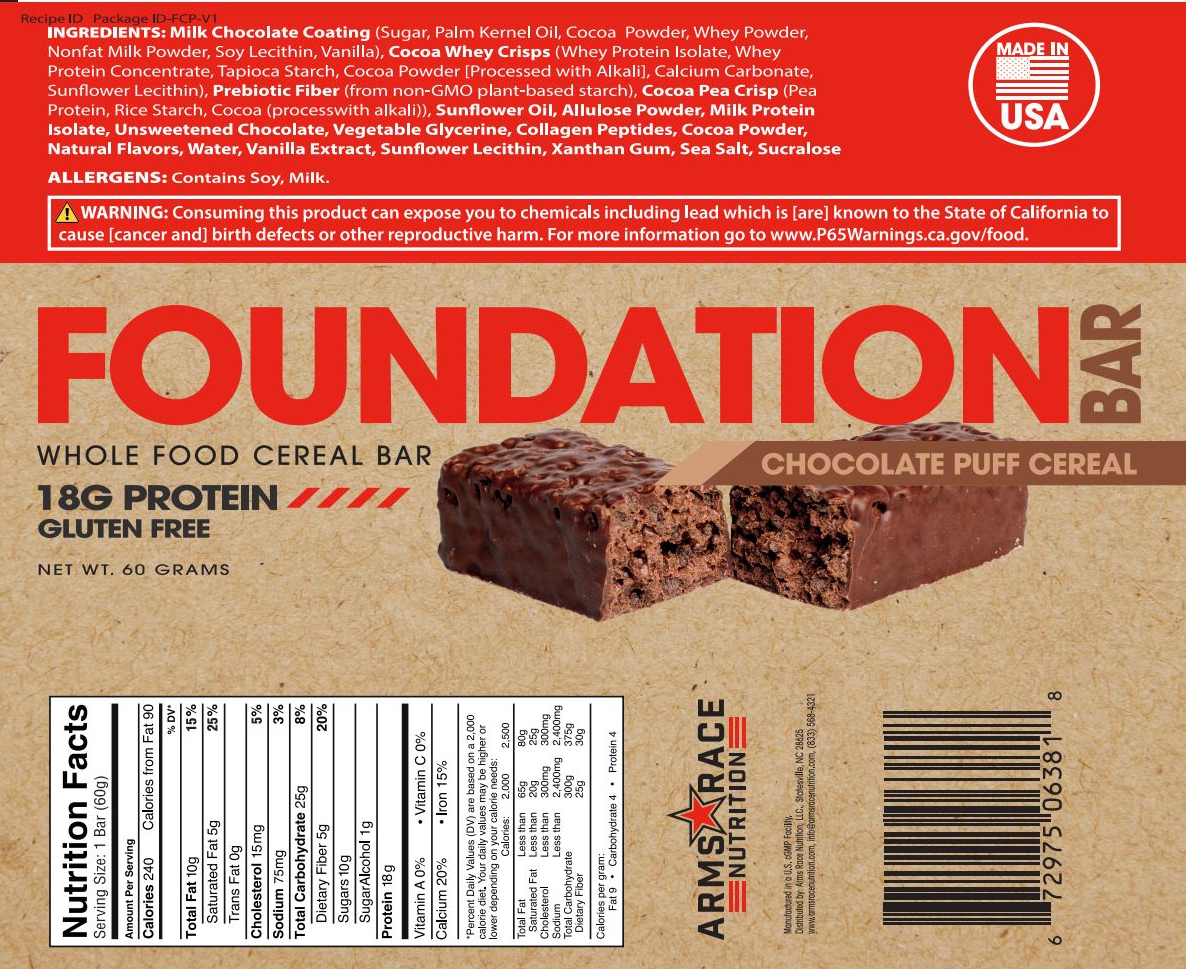
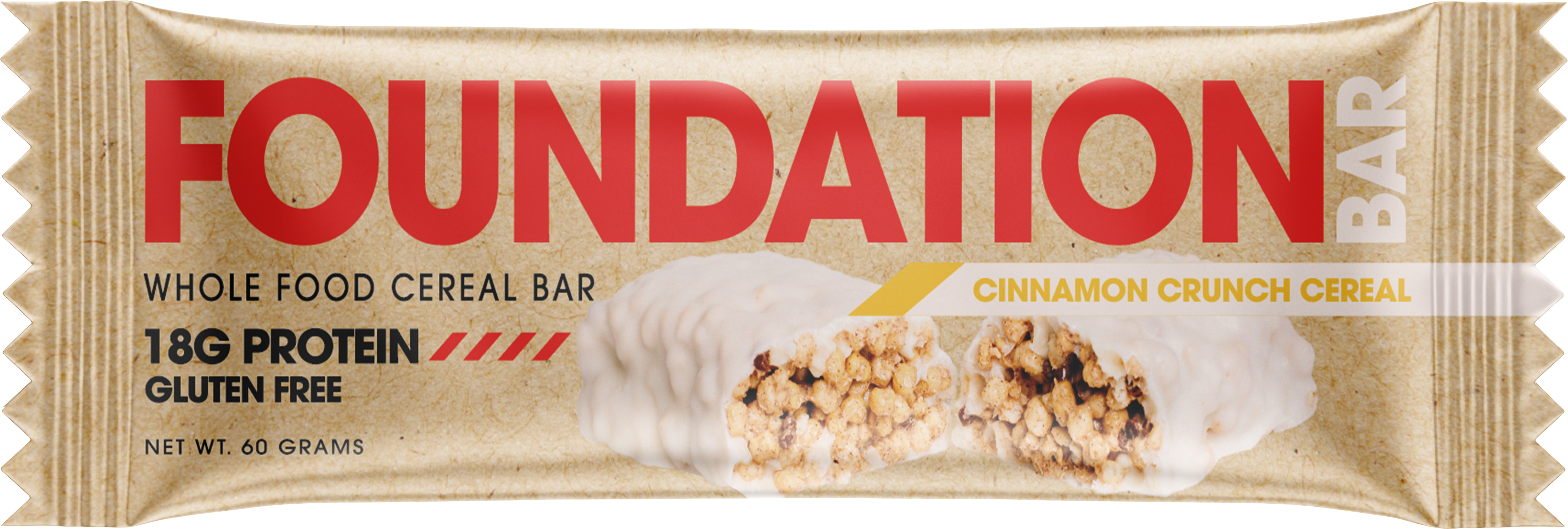
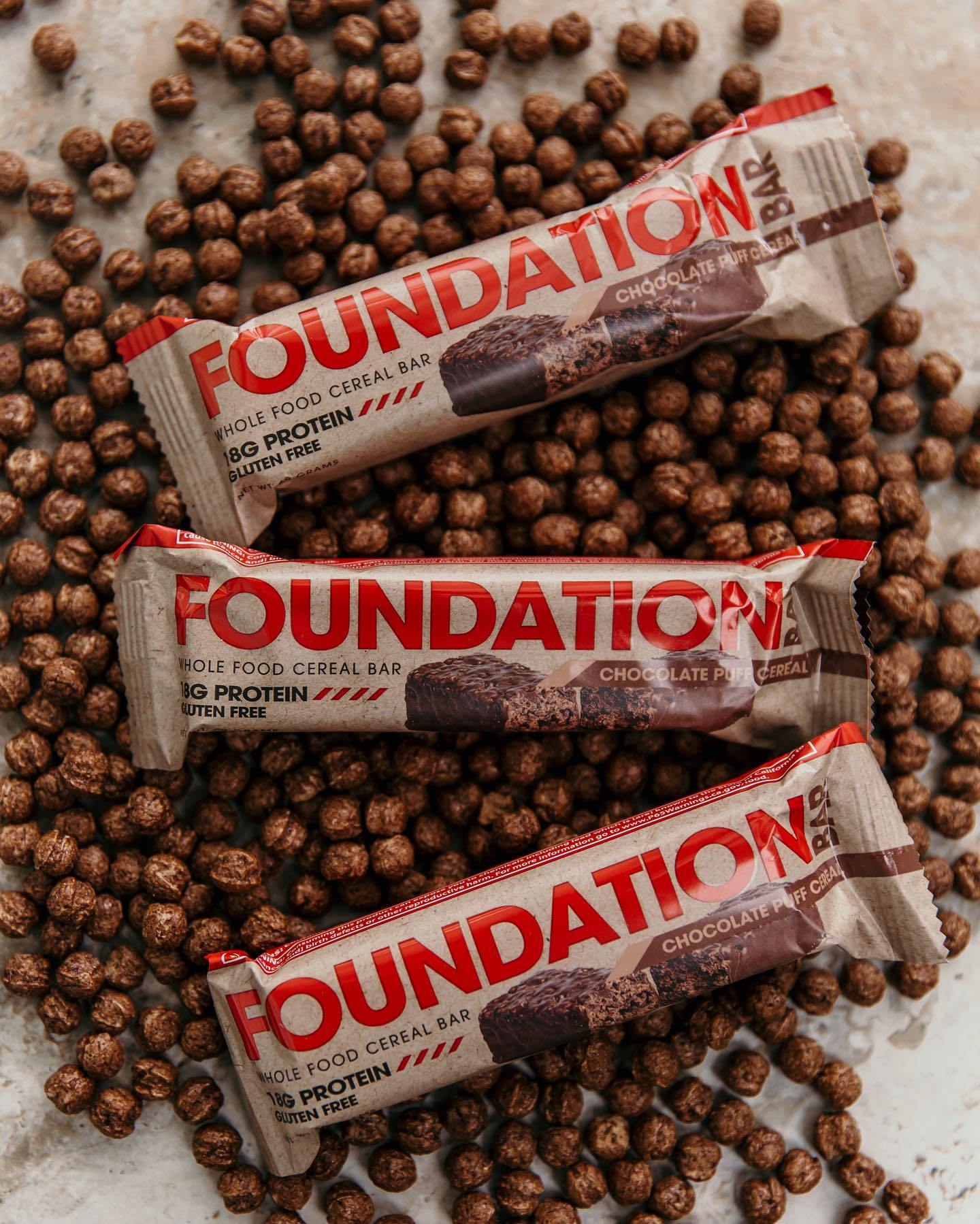
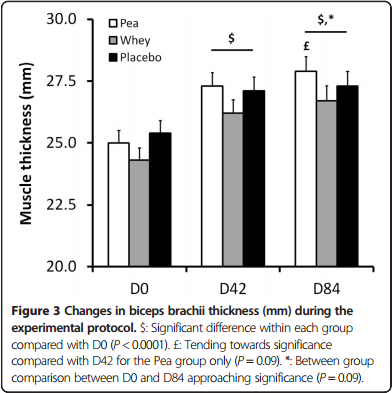



Comments and Discussion (Powered by the PricePlow Forum)